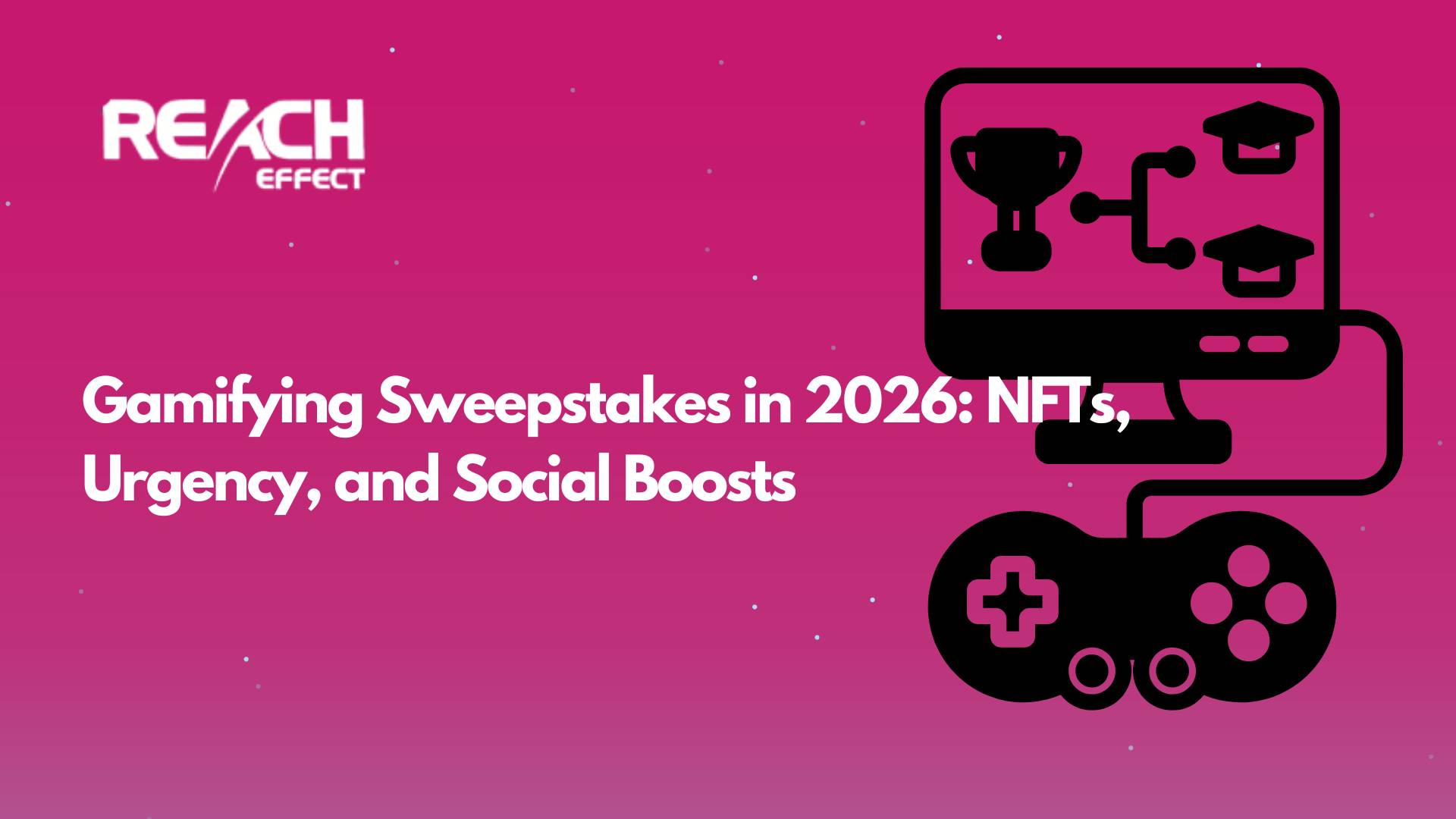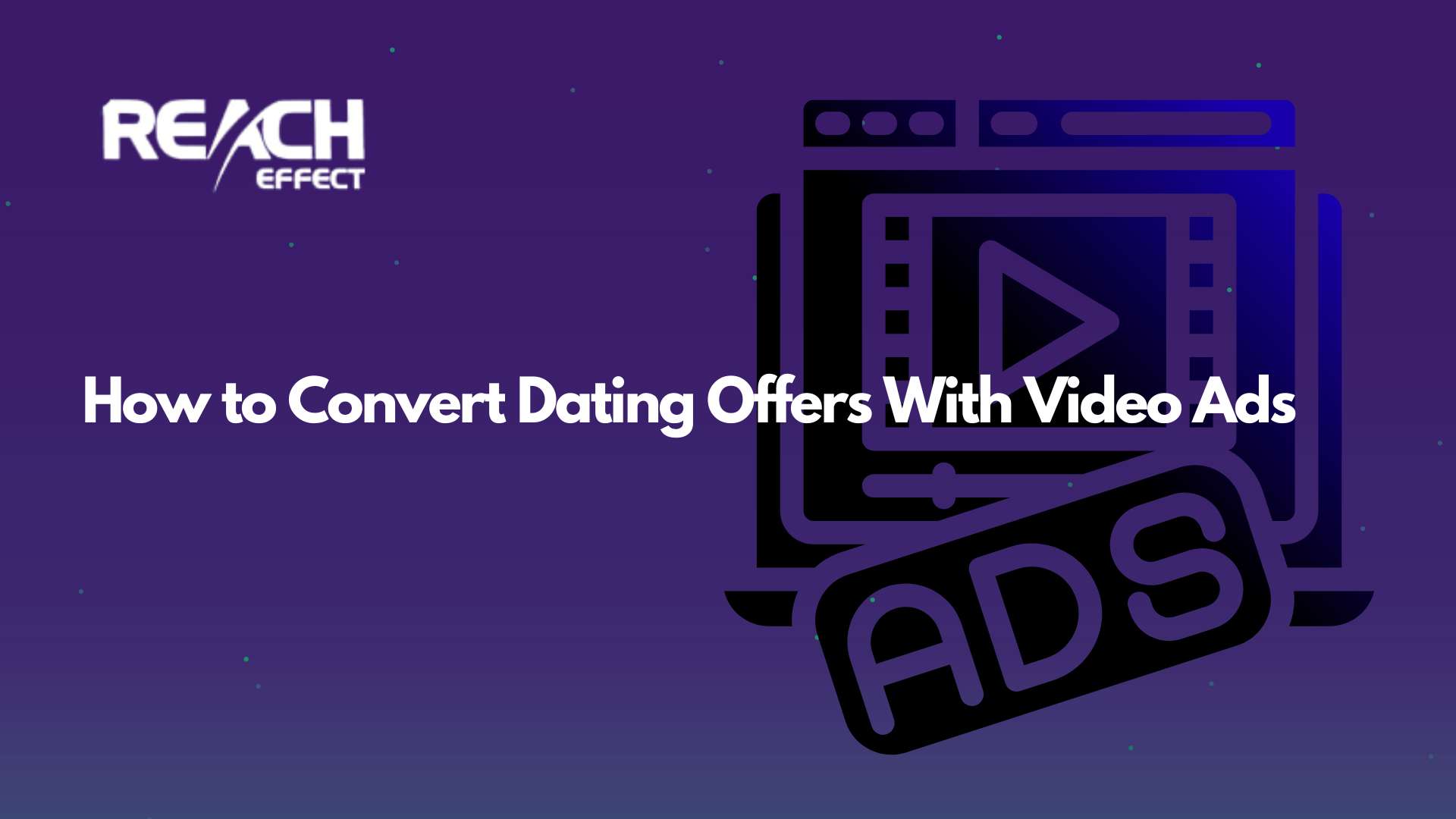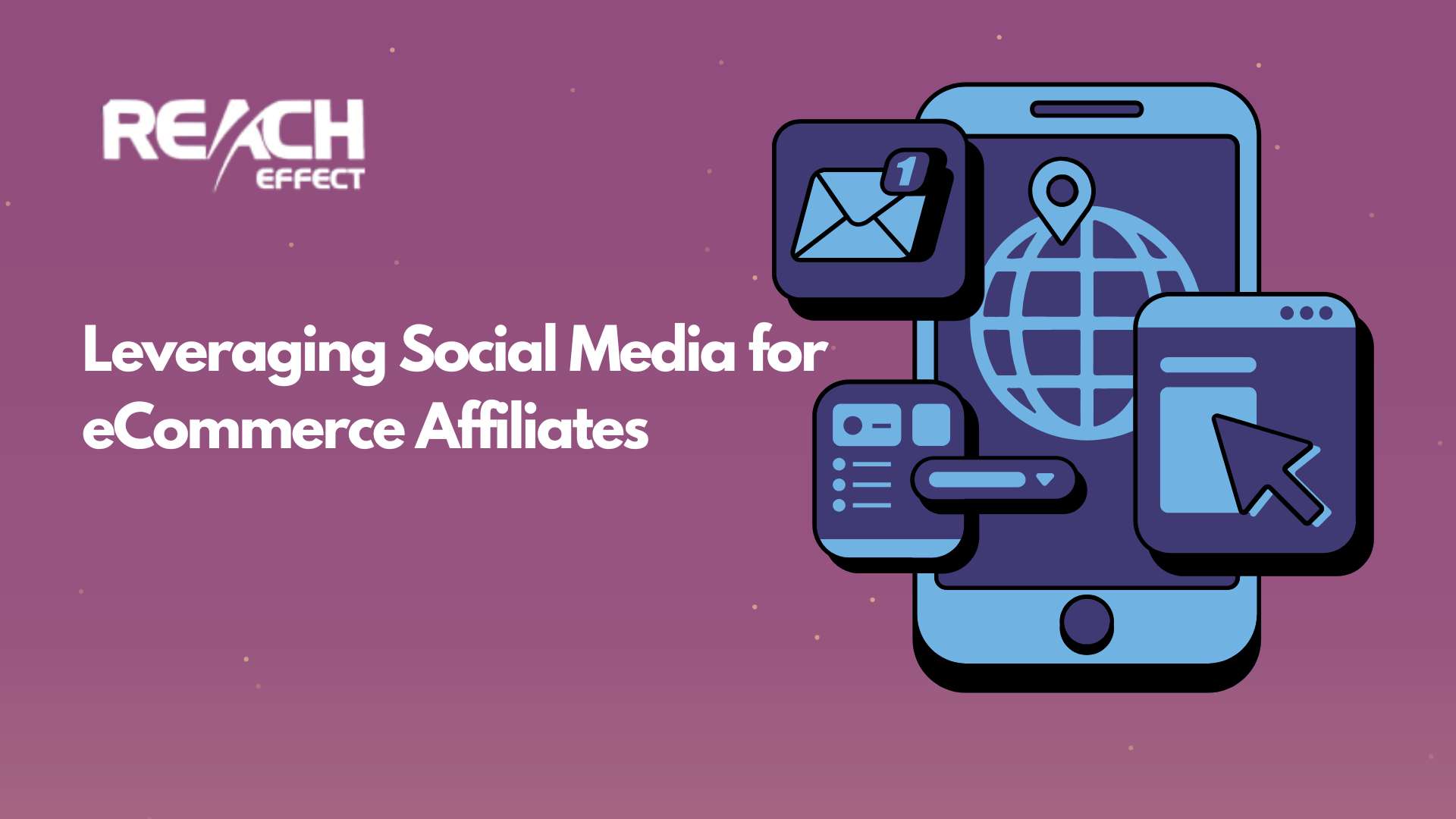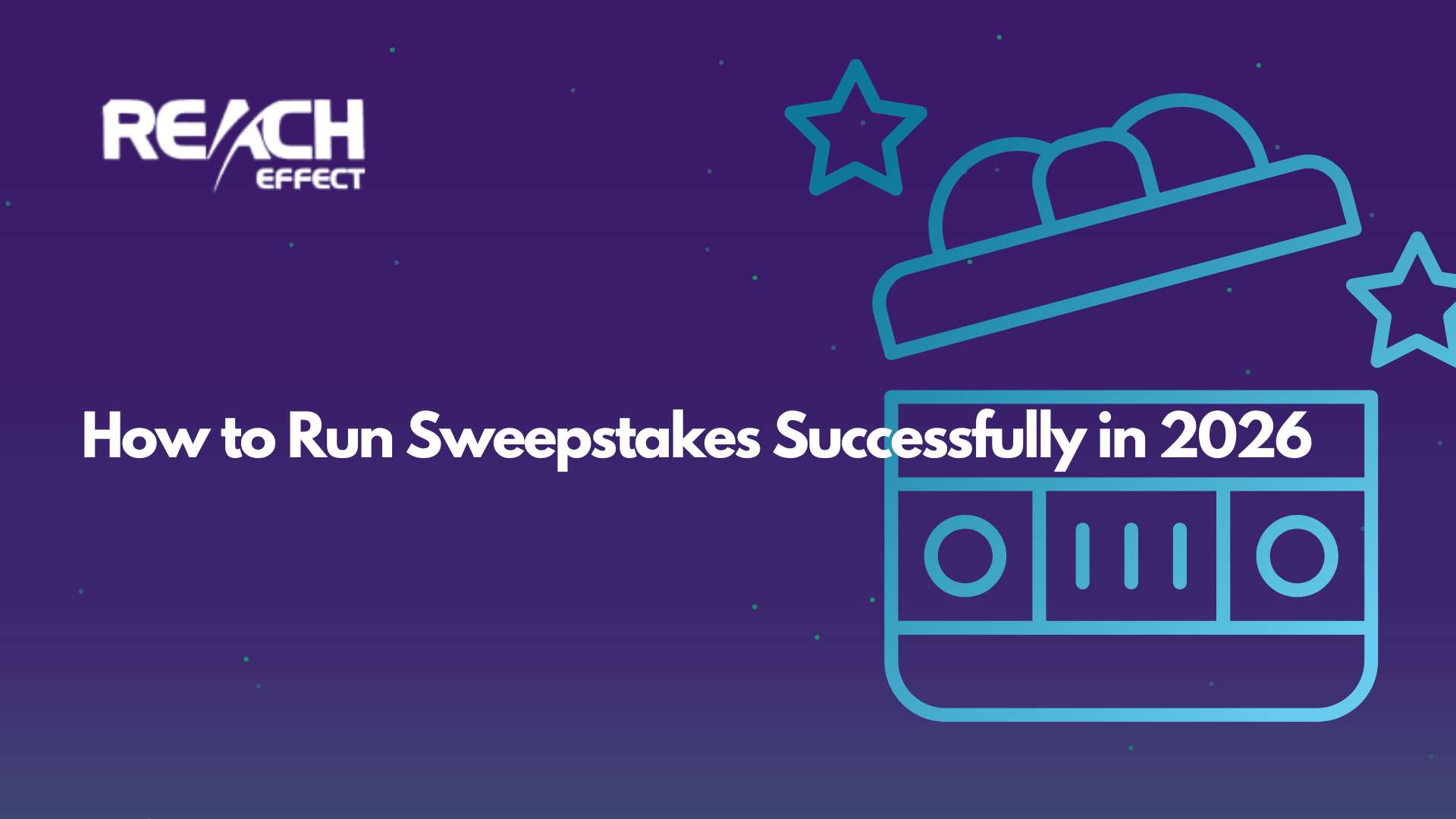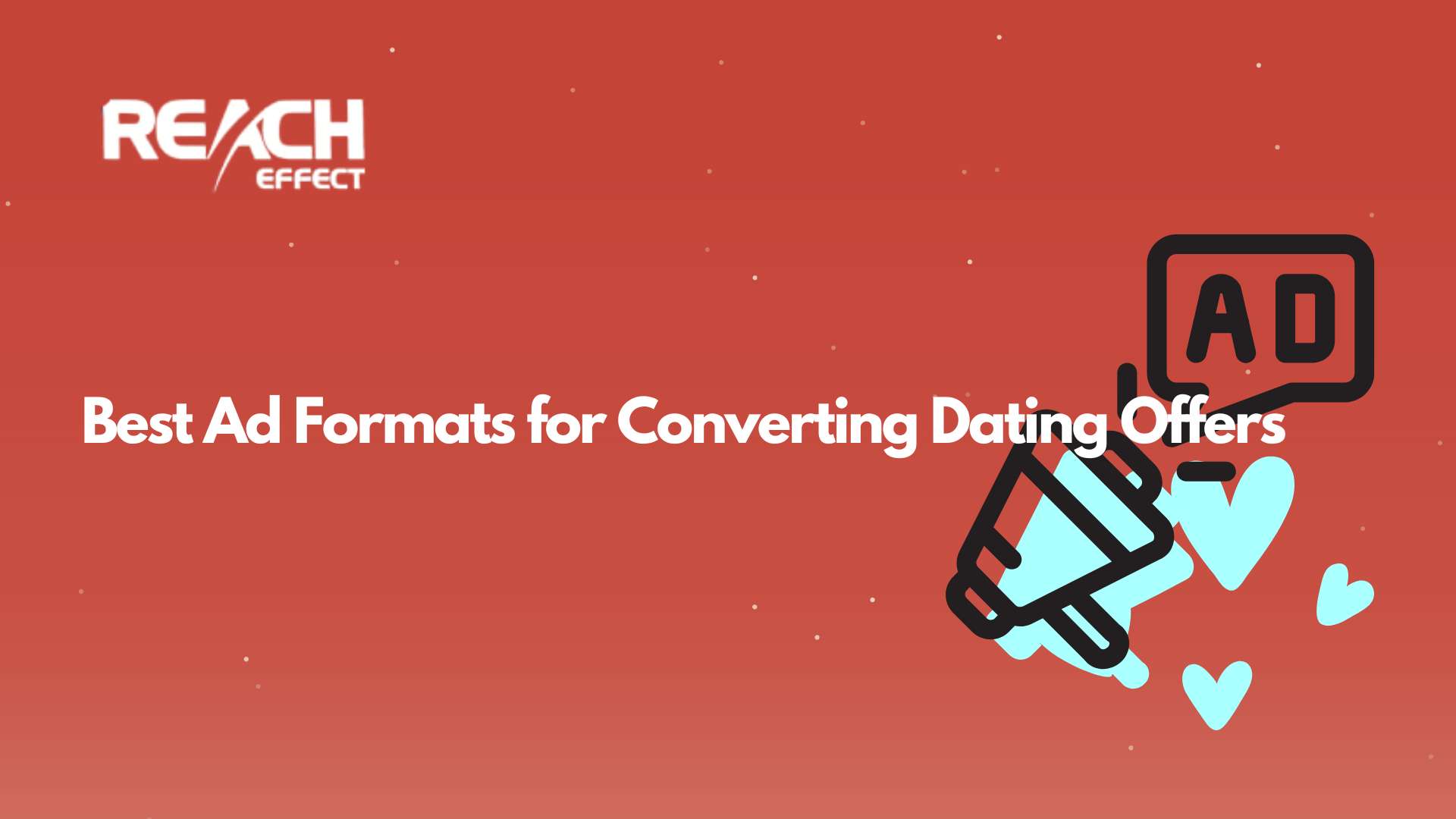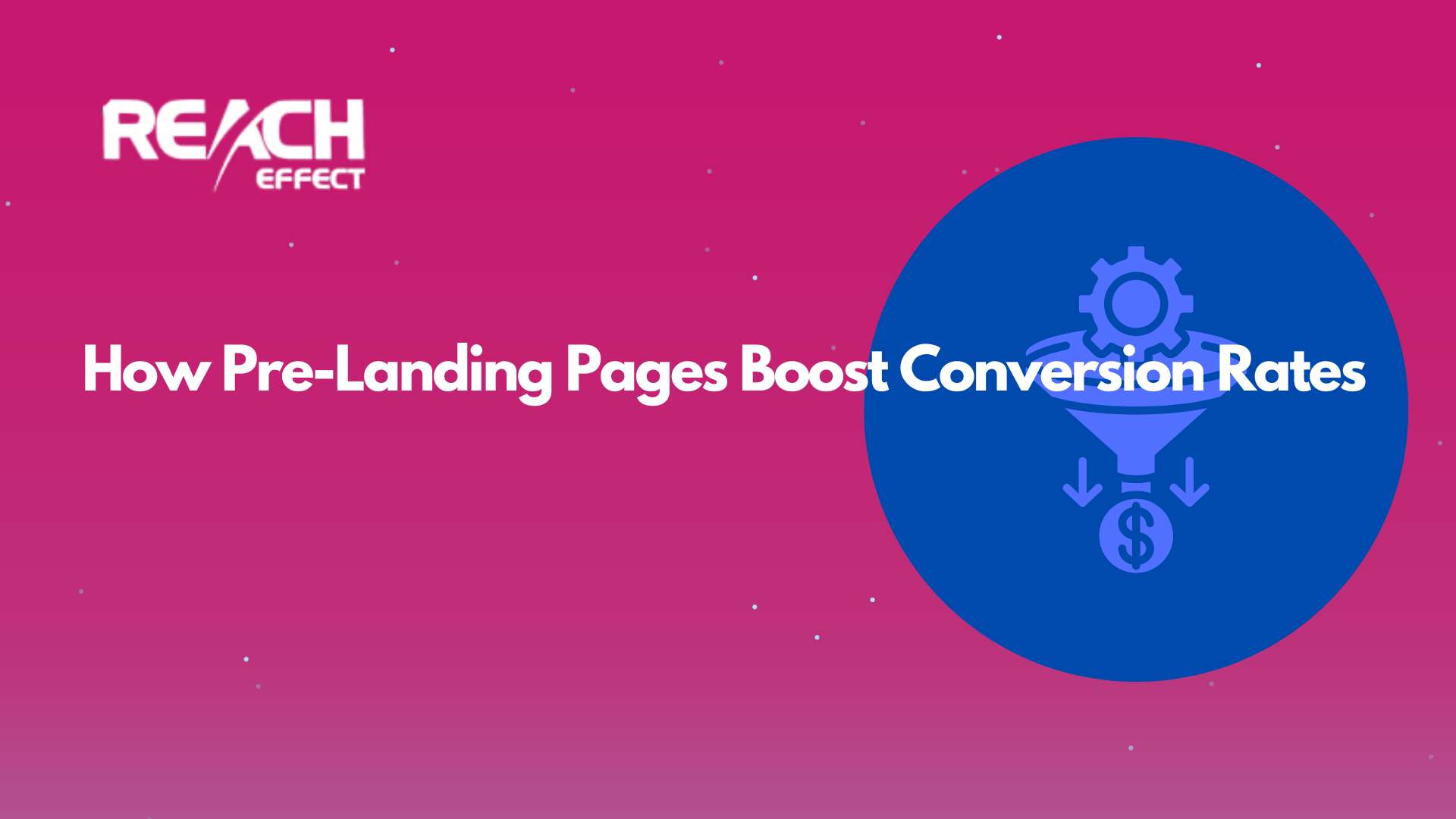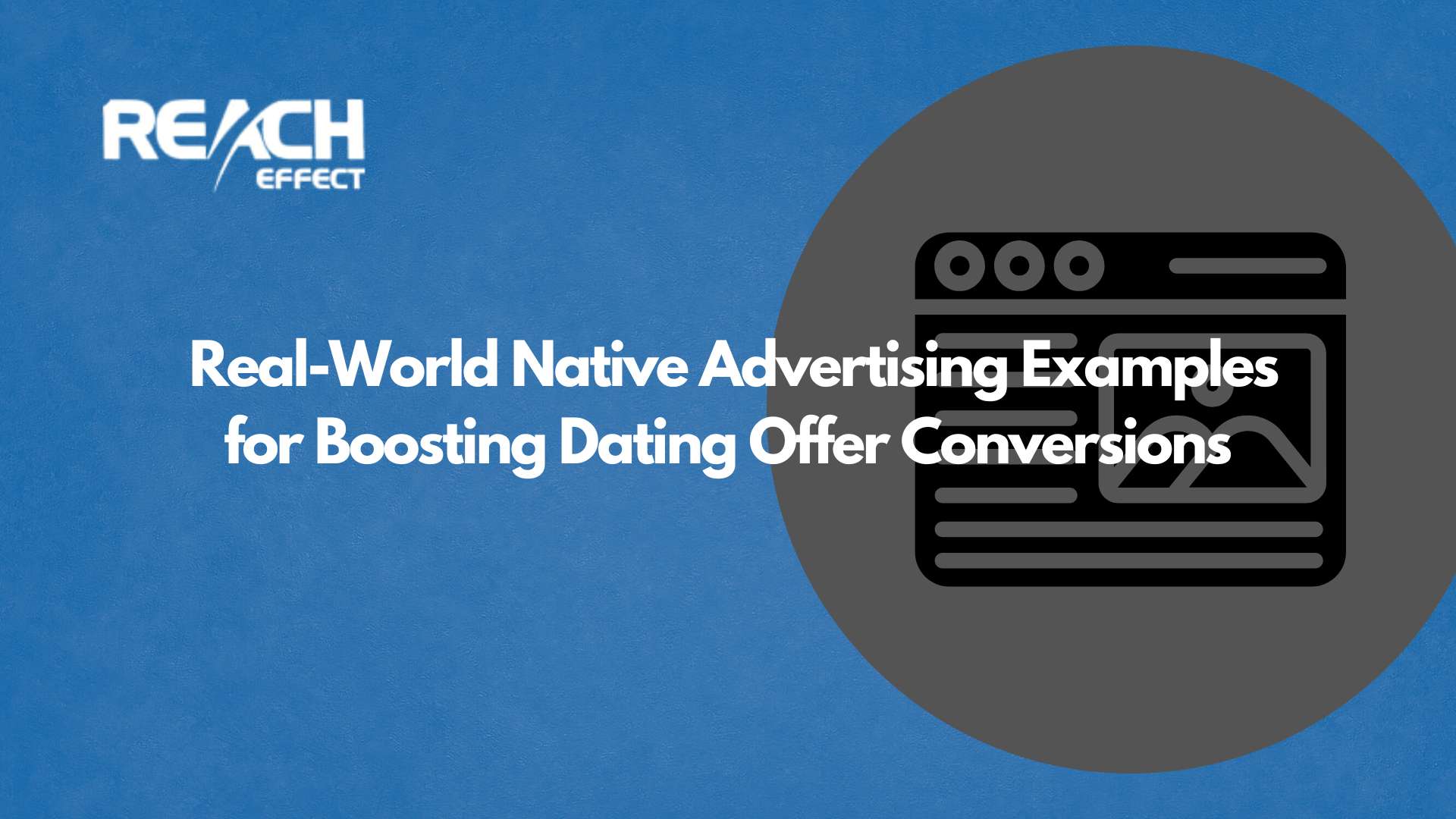Display ads are a fantastic way to grab attention online. These visual advertisements pop up on websites, apps, and social media, using images, videos, or interactive features to promote products or services. When you’re running campaigns on Google Ads (formerly known as AdWords), choosing the right display ads dimensions can make a huge difference. The size of your ad affects how visible it is, how users engage with it, and ultimately, how many conversions you get. In this article, we’ll walk through the top display ads dimensions that work best for high-converting campaigns and share tips to help you succeed.
Thank you for reading this post, don't forget to subscribe!Why Display Ads Dimensions Matter
In the world of Google Ads, display ads appear across the Google Display Network, a massive collection of websites and platforms. The dimensions of your ad determine where it can show up and how well it catches the eye. Pick a size that’s too small, and it might get overlooked. Go too big, and it might not fit on certain sites. Google has set standard dimensions that publishers widely accept, and these sizes tend to perform well because they’re designed with visibility and user experience in mind. Getting the dimensions right is the first step to making sure your campaign reaches its full potential.
The Best Display Ads Dimensions for Your Campaigns
Here are the top display ads dimensions that consistently deliver results in AdWords campaigns. Each one has its strengths, depending on where it’s placed and who you’re trying to reach.
- 300×250 Pixels (Medium Rectangle)
This size is a favorite for a reason. It fits neatly into content areas on both desktop and mobile screens. You’ll often see it tucked within articles or sidebars, making it noticeable without feeling pushy. Many advertisers love it because it’s versatile and tends to get solid click-through rates. - 336×280 Pixels (Large Rectangle)
A bit bigger than the Medium Rectangle, this size offers more space for eye-catching designs. It’s great for ads with detailed images or text and works well embedded in content. Its larger footprint can boost engagement, especially for campaigns aiming to stand out. - 728×90 Pixels (Leaderboard)
The Leaderboard is a classic choice, often placed at the top of web pages. It’s wide and slim, perfect for grabbing attention as soon as someone lands on a site. This dimension shines for brand awareness campaigns since it’s hard to miss. - 160×600 Pixels (Wide Skyscraper)
You’ll typically find this tall, narrow ad along the side of a page. It stays visible as users scroll, which makes it excellent for keeping your message in front of people. It’s a strong pick for branding or ads with vertical designs. - 300×600 Pixels (Half Page)
This larger size is all about impact. It takes up more real estate, often appearing in sidebars, and gives you room to showcase bold visuals or compelling offers. It’s ideal for campaigns where you want to make a big impression and drive action. - 970×250 Pixels (Billboard)
The Billboard is massive and meant to dominate the page. It’s perfect for high-impact campaigns with rich media like videos or animations. Because of its size, it’s less common but can be a game-changer for the right audience. - 320×100 Pixels (Large Mobile Banner)
With so many people browsing on phones, this mobile-friendly size is a must. It’s designed to fit across the top or bottom of mobile screens without overwhelming the user. It’s a smart choice for reaching on-the-go customers. - 250×250 Pixels (Square)
Small but mighty, the Square fits into tight spaces like sidebars or content gaps. It’s simple and effective, especially for straightforward ads that don’t need a lot of flash. It’s also widely supported across devices.
These dimensions are proven performers, but their success depends on how you use them. Testing different sizes can help you figure out what clicks with your audience.
Picking the Right Size for Your Goals
Not every campaign needs the same display ads dimensions. Your choice should match what you’re trying to achieve. If you’re focused on building brand awareness, bigger sizes like the 300×600 Half Page or 970×250 Billboard can make a splash. For direct response campaigns, where clicks and conversions are the priority, smaller options like the 300×250 or 728×90 might work better because they’re less intrusive but still effective.
Think about your audience too. Are they mostly on mobile? Then prioritize sizes like 320×100. Targeting desktop users? The Leaderboard or Wide Skyscraper could be your go-to. The type of content matters as well. A flashy product launch might call for a Half Page ad, while a simple discount offer could thrive in a Medium Rectangle.
Designing Ads That Work
Once you’ve got your dimensions, the design is what brings your ad to life. Use high-quality images that grab attention and keep your message clear. A strong call-to-action, like “Shop Now” or “Learn More,” tells users exactly what to do. Stick to colors that pop but don’t clash, and make sure your text is easy to read. Since ads need to load fast, especially on mobile, keep file sizes light without sacrificing quality.
Tools can simplify this process. Platforms like Reacheffect offer insights and features to help you design ads that fit these dimensions perfectly and track how they perform. It’s a handy way to stay on top of your campaign without getting bogged down in details.
Responsive Ads and Why Standard Sizes Still Rule
You might wonder about responsive display ads, which adjust to fit different spaces automatically. They’re convenient and can save time, especially if you’re targeting a mix of devices. But here’s the catch: sticking to standard display ads dimensions ensures your ad looks polished and fits everywhere it’s supposed to. Responsive ads are great, but they can sometimes compromise your design if the sizing gets too creative. For maximum reach and consistency, standard sizes are still the gold standard.
Wrapping It Up
Finding the top display ads dimensions for your AdWords campaigns is all about balance. You want sizes that get noticed, fit the platform, and align with your goals. The options we’ve covered, from the trusty 300×250 to the bold 970×250, give you plenty to work with. Start with these, then tweak and test based on what your data tells you. Every audience is different, so don’t be afraid to experiment until you hit that sweet spot. With the right dimensions and a solid design, your campaigns can turn clicks into customers in no time.



